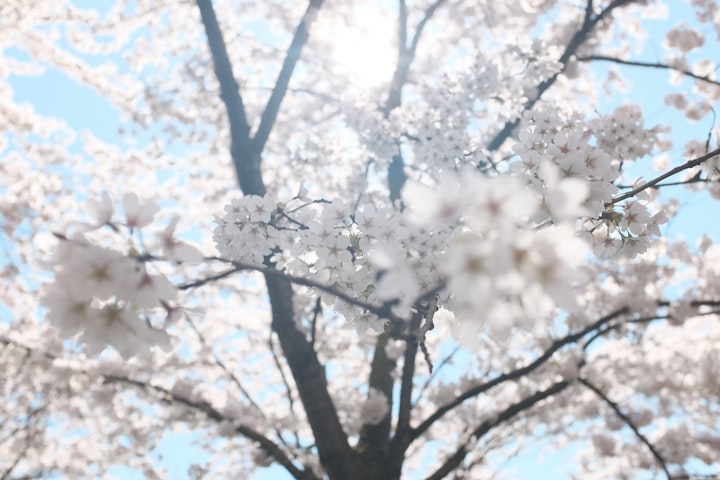Minimalist Color Palettes: Incorporating Japanese Aesthetics into Your Home
Embracing Simplicity and Serenity in Japanese-Inspired Interior Design

Introduction
Color plays a significant role in interior design, setting the mood and atmosphere of a space. Japanese aesthetics are known for their minimalist and serene qualities, and incorporating a minimalist color palette into your home can evoke a sense of tranquility, balance, and harmony. In this article, we explore the art of incorporating Japanese aesthetics into your interior design through minimalist color palettes. From the calming neutrals to the subtle earthy tones, we delve into the essence of Japanese color choices and their impact on creating a serene and inviting living space. By embracing the principles of simplicity and minimalism in color selection, you can transform your home into a peaceful retreat inspired by Japanese design sensibilities.
I. The Importance of Color in Interior Design
A. Psychological Impact of Color: Colors have the power to influence our mood, emotions, and overall well-being. Understanding the psychological impact of colors helps in creating a desired ambiance in your home.
B. Symbolism in Japanese Culture: Color symbolism is deeply rooted in Japanese culture. Exploring the symbolic meanings of colors in Japanese aesthetics provides insights into their intentional use in interior design.
II. Calming Neutrals
A. White: Symbol of Purity and Simplicity: White is a dominant color in Japanese design, representing purity, cleanliness, and simplicity. Its use creates a serene and spacious atmosphere, reflecting natural light and promoting a sense of calmness.
B. Beige: Warmth and Subtlety: Beige, a soft and warm neutral, adds a touch of warmth and earthiness to Japanese-inspired interiors. It complements other colors and materials while maintaining a soothing and understated elegance.
C. Gray: Balance and Sophistication: Gray is often used in Japanese interior design to create a sense of balance and sophistication. Its versatility allows it to serve as a neutral backdrop or a grounding accent color, depending on the desired effect.
III. Earthy Tones
A. Muted Browns: Natural Harmony and Warmth: Muted brown tones, inspired by elements of nature such as soil, rocks, and wood, contribute to the organic and grounded feel of Japanese aesthetics. These earthy hues bring a sense of natural harmony and warmth to your space.
B. Soft Greens: Connection with Nature: Soft greens, reminiscent of moss and foliage, connect your interior space with the calming influence of nature. Incorporating these hues adds a fresh and rejuvenating touch to your home.
C. Subtle Blues: Serenity and Tranquility: Subtle shades of blue, like pale sky blue or watery hues, evoke a sense of calmness, serenity, and expansiveness. These colors create a peaceful atmosphere, reminiscent of open skies and flowing water.
IV. Harmonizing Colors
A. Color Pairings: Achieving Balance and Contrast: Japanese aesthetics emphasize the harmony and balance of colors. Combining neutrals with earthy tones, or incorporating subtle pops of color, allows for a balanced and visually pleasing interior.
B. Contrast with Black: Bold Accents and Defining Lines: Black, although not traditionally considered a color, plays a significant role in Japanese interior design. It adds depth, creates bold accents, and helps define lines and shapes in the space.
C. Use of Metallic Accents: Reflecting Light and Elegance: Metallic accents, such as gold or bronze, can be incorporated into a minimalist color palette to add a touch of elegance and luxury. These accents reflect light and create visual interest without overpowering the serene aesthetic.
V. Color Placement and Balance
A. Accent Colors: Selective and Purposeful: In a minimalist color palette, accent colors are used sparingly and purposefully. They draw attention to specific elements or areas, acting as focal points while maintaining a sense of simplicity.
B. Textures and Patterns: Adding Visual Interest: In Japanese-inspired design, textures and patterns can provide visual interest without relying heavily on bold colors. Subtle patterns and natural textures can enhance the overall aesthetic while preserving a minimalist color scheme.
C. Spatial Considerations: Creating Visual Flow: Color placement should consider the flow and spatial arrangement of your home. Balancing colors throughout different rooms or zones creates a cohesive and harmonious experience for inhabitants and guests.
VI. Lighting and Color Perception
A. Natural Light: Enhancing Colors and Ambiance: The use of natural light in Japanese interior design is paramount. It enhances the perception of colors, allowing them to appear true and vibrant, while also contributing to the overall ambiance of the space.
B. Artificial Lighting: Warmth and Softness: Artificial lighting should complement the minimalist color palette by providing a warm and soft glow. Warm-toned bulbs and diffused lighting fixtures help maintain the serenity and simplicity of the design.
Conclusion
Incorporating a minimalist color palette inspired by Japanese aesthetics can transform your home into a tranquil and inviting space. By embracing the calming neutrals and earthy tones, you can create a serene ambiance that promotes balance, harmony, and well-being. Remember to consider the psychological impact of colors, the symbolic meanings in Japanese culture, and the importance of lighting in enhancing the colors' perception. With thoughtful color selection, placement, and balance, you can create an interior that embodies the essence of Japanese design, evoking a sense of simplicity, serenity, and timeless beauty.
About the Creator
abhishek sahu
blogger with a deep passion for inspiring others through captivating design content. Adept at curating engaging and informative articles, showcasing the latest trends, innovative ideas, and practical tips for creating stunning interiors.






Comments
There are no comments for this story
Be the first to respond and start the conversation.